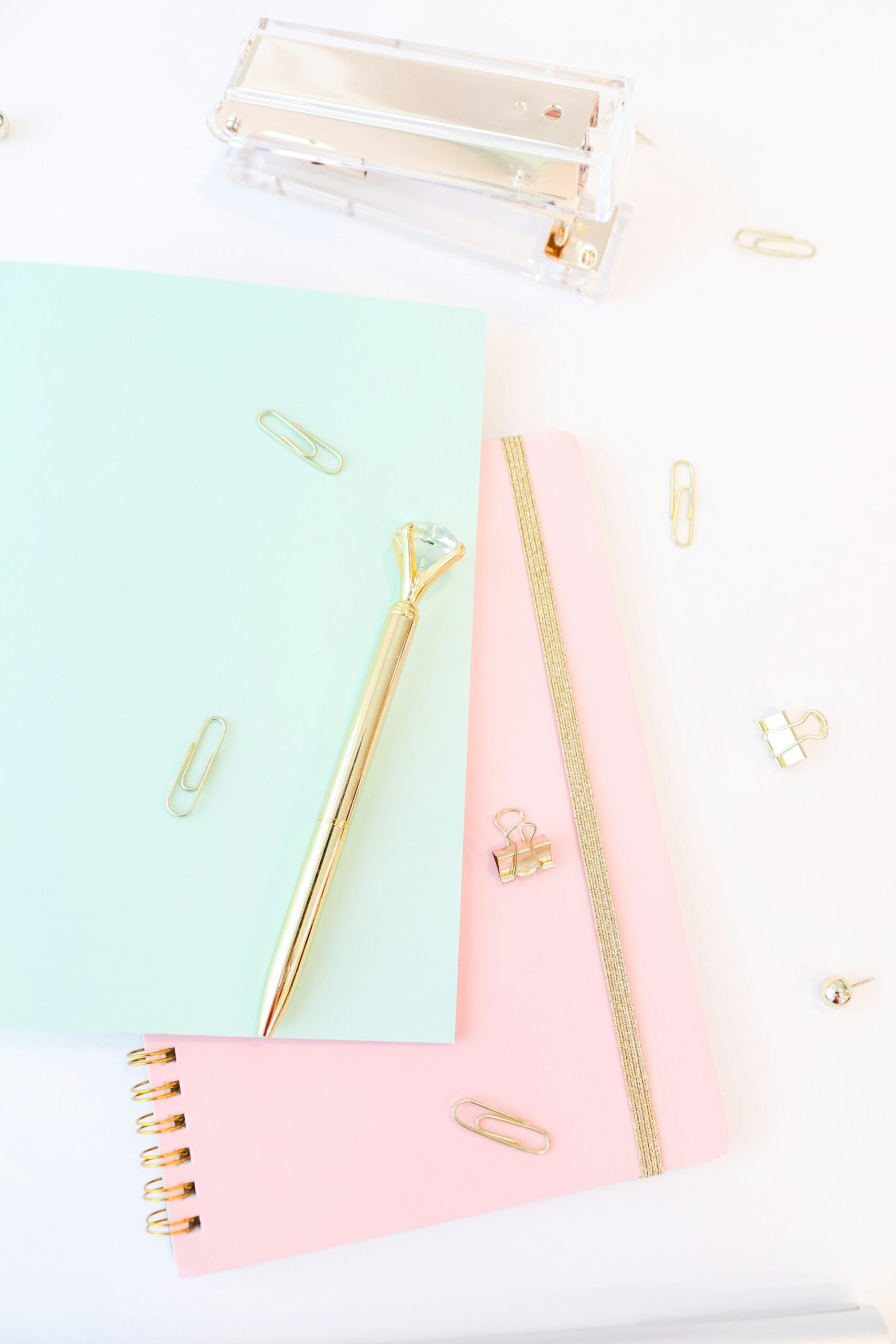So you bought a plant, it’s beautiful, lush and green and full of life.
You find it a nice pot and bring it into its forever home and after a few weeks, it dies.
But WHY!? What happened?
At the plant store, it was amazing. But now, its leaves are yellow and crispy, brown and falling off all over the place and you did everything right, or did you?
This has happened to me so many times.
Luckily there are some key tips you can follow to help your houseplants not only survive but thrive in its forever home.
Pause here and save this pin for later!

Disclosure: This post may contain affiliate links. If you click and purchase, I may receive a small commission, at no extra cost to you. Learn more here
5 Care Tips To Stop Killing Your Houseplants
1) Let Them Acclimate
When I used to buy a plant, I would go and buy a pot right away.
Then I’d take it out of the plastic pot, put a bunch of soil in the new pot and put the plant inside and…
Voilà! Perfect, just perfect!
Then I put it in a spot that looks nice and stare and gaze at it with love.
And then, it would die.
What I’ve learned is that plants are like animals; they’re individual, living, breathing organisms that all have specific needs.
When I learned to care for my plants the same way I care for my pets, everything changed.
Now, I let them acclimate to its new environment, leaving it alone for approximately 5 days. If the soil is dry, I add a bit of water.
Let your plants get used to new temperatures, light, heat and air quality of your home before you start beautifying it.
Usually I spend time researching plants I want and if I see it, I’ll bring it home and place it in the spot it will stay in (ie. which window side, which room, etc).
Many times, I find a plant I know nothing about and can’t help myself but bring it home. When that happens, I place them in a spot with medium aspects to avoid shock later on.

2) Do Your Homework
Research, research, research!
Do your homework before you buy a plant to see if it’s the right plant for you.
Does it fit with the environment of your home? Does it suit your personality?
If you love watering your plants then a cactus probably isn’t your best choice. If you have a busy schedule then low maintenance plants work better.
Find plants that suit your lifestyle.
Pollen – when flowers can’t keep it in their plants
3) Double Check The Sunlight
Sunlight is one of the most important things for plants to grow and really thrive.
Without sunlight, the plant won’t have enough energy for the photosynthesis process.
Take note of how much light you get inside your house. Check which direction your windows face, what time the rays come in and for how long.
Take into consideration how often your blinds are going to be open.
This way you can place plants according to how much light they require and how much light they will receive.

Through my own experience, I’ve had many plants struggle and die because they didn’t get enough sunlight.
Even though I really wanted certain types of plants, they simply did not fit in my home.
Understanding how light works in your home in harmony with your plants is the key to success.
4) Don’t Forget To Fertilize
Many years ago when I had only a few plants, I used to think all it needed was water.
Soon enough, I found out that wasn’t true. Fertilizing your plants is another key pillar to thriving plants.
Like humans, we need food and nutrients to grow. If all we did was drink water, we wouldn’t last very long; same goes with plants.
Make sure to read the labels as different plants require different nutrients.
5) Be Consistent
Plants love consistency; consistency in water, food, light, temperature and humidity.
It gives them stability so their health doesn’t go backwards when you forget about them. This way, they can spend all their energy growing and not recovering.
With busy schedules and maybe one too many plants, it can be hard to stay on top of things.
I’ve created a Plant Care Bundle to help you stay consistent – Happy Planting! 😀
DOWNLOAD THE FREE LOG BELOW!

DOWNLOAD THE FREE PROFILE SHEET BELOW!

Thanks for stopping by 
What’s your favorite houseplant? Share it in the comments below!

Did you find this post helpful? Save this pin!








